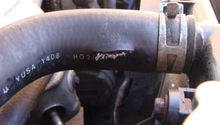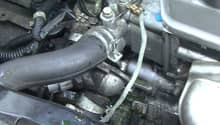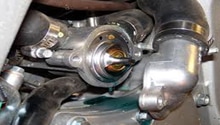Honda Civic: Why is My Car Overheating?
When your engine overheats, you could be looking at a tow home and a expensive engine rebuild. So don't take any chances and risk damaging your Civic. Learn how to diagnose an overheating issue.
This article applies to the Honda Civic/Del Sol (1992-2000).
Your car's cooling system allows the engine to function at the optimum temperature by using air to keep the engine coolant cool, and distributing it throughout the engine. If your car is running sluggish, has coolant leaks, steam, or engine malfunction, it could be overheating. Remember that overheating your engine could cause irreversible damage. Here is guide of the most common causes for overheating to help you identify and resolve the problem.
Step 1 – Low coolant or leaks
Low coolant and leaks are the most common source of overheating, but there are other related issues that could cause your Civic to overheat.
- Check the oil cap for white spots. This is a sign of engine oil contaminated by water, and it could lead to overheating.
- Check the coolant reservoir for leaks due to a cracking or faulty cap.
- Check the radiator cap for a faulty spring mechanism.
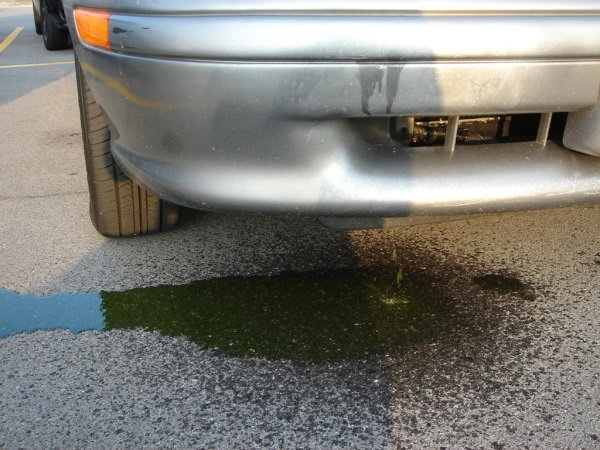
Step 2 – Dead radiator fan
While driving, the incoming air flow allows the radiator to keep the coolant temperature down. But when the car is driving at low speeds or at a standstill, it's up to the fan to do that job. If the fan isn't kicking in, then there a few things that could cause that. One of the reasons could be a faulty thermostat, as the thermostat tells the fan when to turn on and off. Another reason could be that the fan's wiring harness is not getting power to actually turn the fan on.
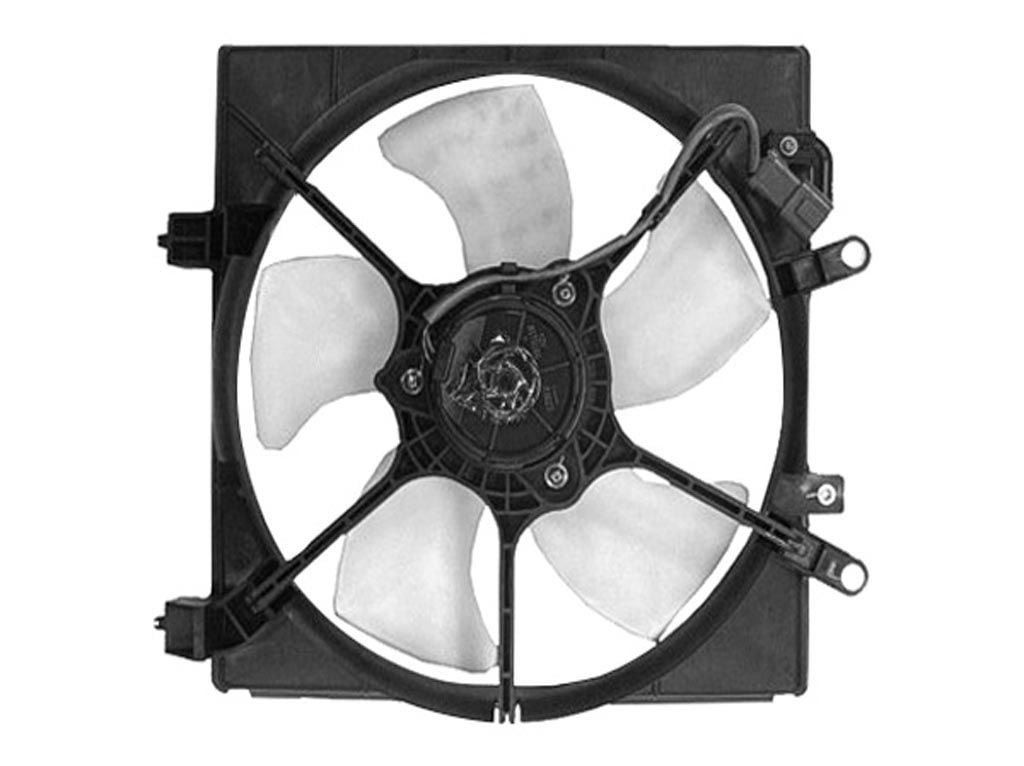
Figure 2. Fan and wiring harness. 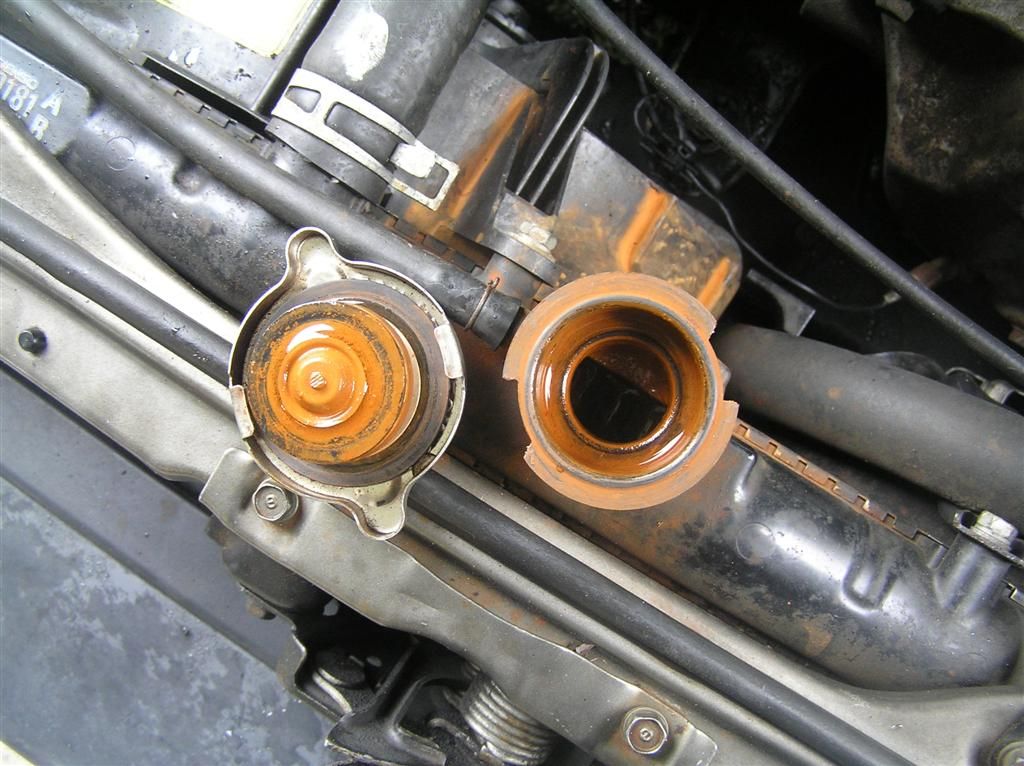
Figure 3. A murky radiator cap is a sign of cooling issues.
Step 3 – Clogged radiator and hoses
This isn't what it sounds like. There isn't actual debris clogging the system. It refers to an air bubble or a blockage keeping the coolant and air to flow throughout the system. There is a saying that goes "flow from top to bottom," which refers to the way it circulates. Although, it's commonly believed that it refers to the temperature of the hoses, but Honda-Tech.com explains that both hoses should be hot if working properly. The most common symptom of a blockage is heater malfunction.

Step 4 – Bad head gasket
Cross contamination of engine fluids could lead to bad lubrication or poor engine cool. No other part plays a bigger role than the head gasket. You can diagnose this if the following applies:
- Milky residue is present inside the valve cover.
- The tailpipe is blowing white smoke.
- If there is coolant in the engine oil.
- If there is engine oil in the coolant.
- If bubbles in the coolant are visible through the radiator cap opening.
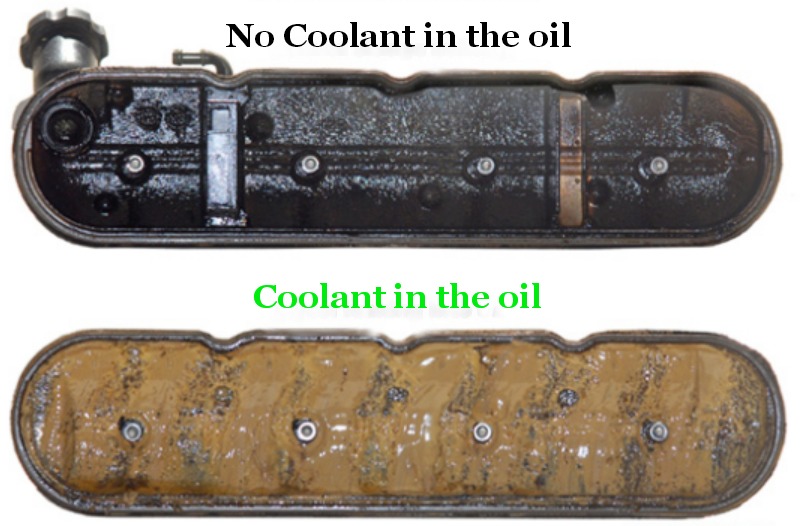
Figure 5. Coolant in the oil. 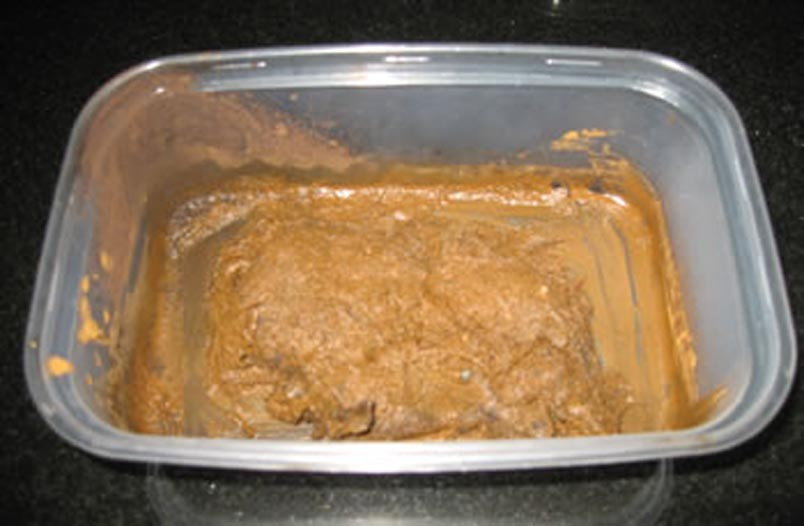
Figure 6. Gunk from the oil in the coolant.
Step 5 – Faulty water pump
Water pump failure could cause engine overheating by failing to pump fluids through the system. The easiest way of knowing if the water pump is bad is to listen to it. Many forum members describe it as a grinding noise, while others describe it like a can being crushed. Either way, it is a very distinct sound. Also, look for leaks and overheating at idle.
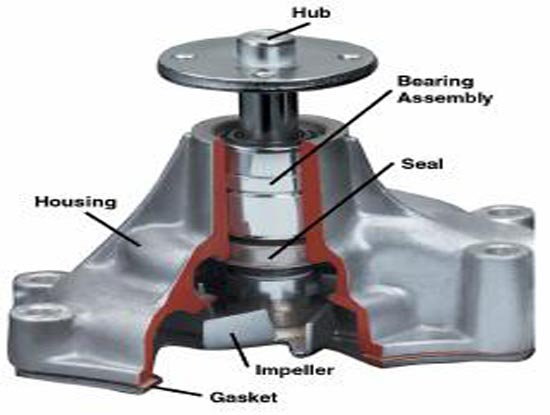
Figure 7. A water pump diagram. 
Figure 8. Water pump location.
Related Discussions
- Common Overheating Issues - Honda-Tech.com
- Clogged Radiator - Honda-Tech.com

